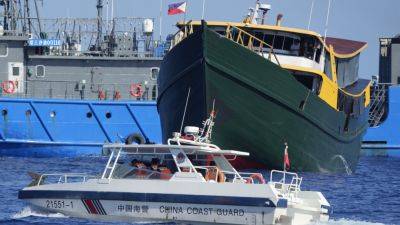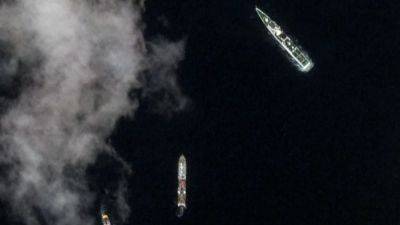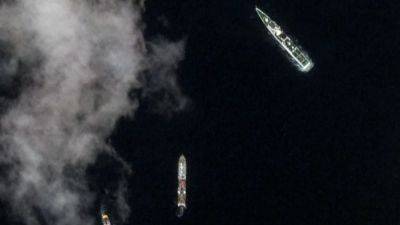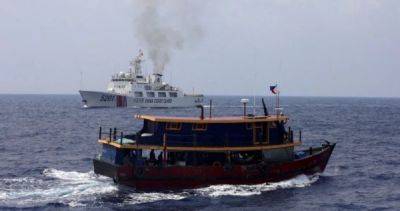Is the Philippines becoming a US ‘proxy’ against Beijing in the South China Sea?
“We are rehearsing,” said Colonel Michael Logico, director of the Philippine Armed Forces Joint and Combined Training Centre, referring to exercises aimed at boosting interoperability with US forces and familiarising Filipino soldiers with the latest weaponry.
“On a scale from one to 10, I would rate it at 11 if not 12,” he told This Week in Asia, describing the strength of the Philippine-US alliance. “In the course of a year, at any time … we have exercises going on.”
Defence analysts say Manila and Washington are now united in their opposition to Beijing’s “maritime expansionism” in the South China Sea, which the latter claims almost in its entirety.
“What annoys [China] is that we have a defence treaty with the US,” Logico said.
The two countries, bound by a 1951 mutual defence treaty, agreed last year to expand the number of sites covered by their Enhanced Defence Cooperation Agreement (EDCA) to nine from the initial four – to respond to “shared challenges”, as a Pentagon spokesman euphemistically put it at the time.
The EDCA sites evoke memories of two giant Cold War-era US bases, the largest outside America at the time.
For more than 40 years, Clark Air Base and Subic Naval Base – alongside 23 other installations – were for the exclusive use of the Americans, with the Philippines having little or no say in the matter. Packed with US ships, aircraft and troops, they also stored nuclear weapons.
Successive administrations in Manila defined their nationalism by either supporting or opposing the bases, though in private all supported them for “protecting” the Philippines from communist aggression.
The fall of the Soviet Union in 1991, which coincided with a volcanic eruption that covered the bases in ash and the Philippines’







